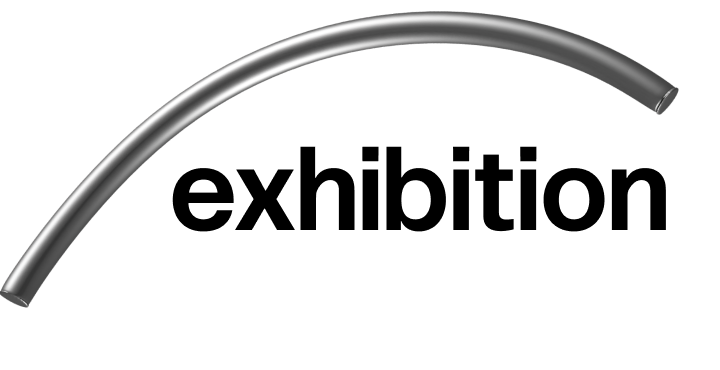Danylo Halkin
(born 1985 in Dnipropetrovsk) is a contemporary Ukrainian artist and curator, studied at the Dnipropetrovsk Theater and Art College and the Academy of Civil Engineering and Architecture. Works with public space, using spatial installations, happenings, subject-oriented art, etc. He collaborates with state and municipal art institutions, drawing attention to the objects of Soviet heritage of Eastern Europe for their further rethinking and museification. He is a founder of the independent NGO Pridneprovskiy barvinok (2018) and exhibition space "Barvinok Art Residence ' (2020). Participated in personal and group exhibitions held in Gangwon International Biennale (South Korea), KW Institute for Contemporary Art (Berlin), Saatchi Gallery (London), Kunsthal Charlottenborg in Royal Danish Academy of Art (Copenhagen), Staatliche Kunstsammlungen (Dresden), LWL Museum kunst und Kultur (Munster), National Art Museum of Ukraine (Kyiv) and on other locations. Lives and works in Dnipro (before the war).

Nightlight
2023,
Lamp, audio, 2’
The Nightlight by Danylo Halkin is a rare lamp from the 1980s depicting industrial objects in his hometown of Dnipro. Forced to leave his home due to the full-scale invasion, the artist traveled with it the whole year. The object became a significant element of every temporary living space, from a shelter in Uzhhorod to a hostel room during work related trips. The work is complemented by Eugene Gordeev’s recording called Voices (the result of a collaboration within the Musical Postcards project curated by Ksenia Hnylytska in 2022), turning a familiar piece of furniture into a nightlight with a lullaby that soothes and brings you back home. However, in times of active hostilities, when architectural monuments and cultural heritage sites are on the verge of destruction, it takes on new meanings beyond the scope of personal history. The different facets of the lamp depict the Dnipro Railway Station, which was destroyed during World War II and restored only in 1951; the Merefa-Kherson Bridge, which also suffered significant damage and was restored in the postwar period; the Battle of Dnipro diorama, a new part of the historical museum opened in 1975; the coat of arms of Dnipro depicting the city's heavy industry; and an image of the circus building, one of the hallmarks of the city’s modernist architecture. Thus, through the prism of twentieth-century history and the artist’s personal experience, a utilitarian object becomes a symbol of vulnerability, loneliness, and an uncertain future.


Sorry No Rooms Available
October 8–November 12
Where Are We Now, After All Those Endlessly Repeated Words?
Curated by Petro Ryaska, Daria Shevtsova
